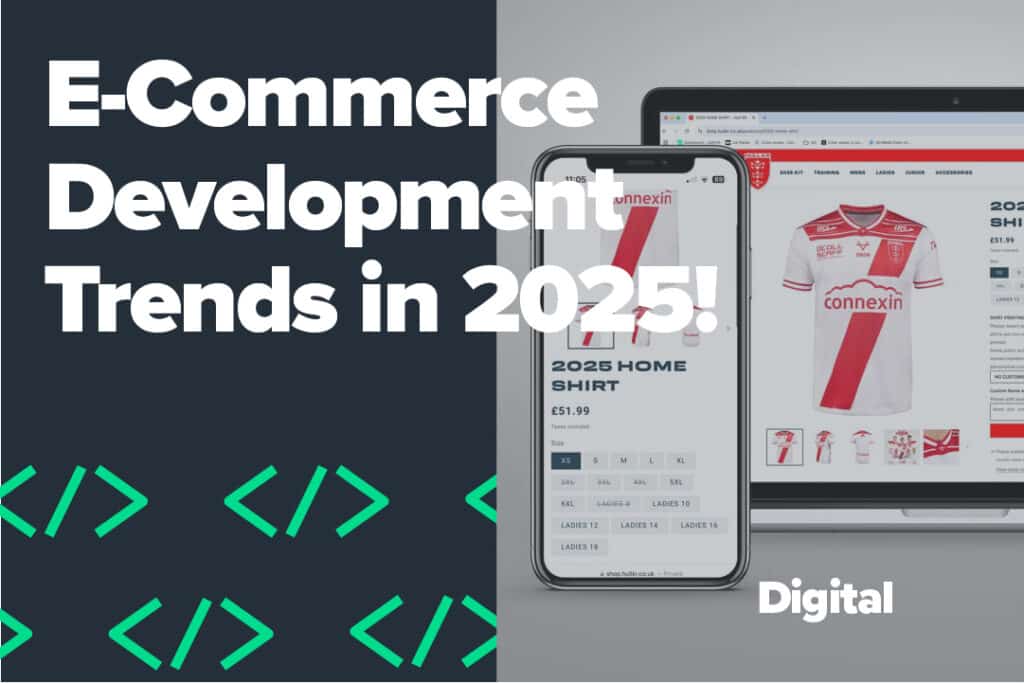Ikea take advantage of Apple’s newly launched ARKit by releasing the Ikea Place App. The app digitally places an item of furniture into your home, to give a realistic image of what it would look like post-assembly.
Using Augmented Reality, the app is revolutionising the way consumers shop and paving the way for other retailers. Being able to see on your iPhone how an armchair will sit in your living room determines whether or not you take the Sunday morning trek around the laps of the IKEA store – a great convenience for Ikea shoppers.
The app utilises CGI to form fairly realistic graphics of what a product may look like in your home, from different angles and in different lightings. The furniture in Ikea Place reportedly has a 98 percent level of accuracy, with true-to-life representations of the texture, fabric, lighting, and shadows.
The process renders the imagination obsolete – as you are now able to virtually picture what an Ikea product would look like post-assembly, rather than picturing it in your head.
With a direct product visualisation and a one-click purchase option to have the product delivered straight to your home, the new technology allows customers to complete a product appraisal and purchasing process without having to step foot in an Ikea store.
This may sound ideal but are the Swedish furniture giant missing a trick here? As we all know – Ikea draw you in through their winding corridors with aptly placed products of no relevance to what you actually visited the store in the first place, dotted around to tempt you. Another way Ikea lures you in is of course, the meatballs. The swedish cuisine and other tempting treats you buy from the food hall at the end of your trip – adds to the fast rising list of purchases you’ve made in store. Before you know it, what started out as a quick trip to fetch a new lamp turns into a new mirror and chest of draws for your spare room that no one ever uses and a 3 course meal with extras for the journey home.
The magic of Ikea stores is just that, the store – there’s a product on every corner tempting enough that it manages to just hop in to your trolley. Does the app therefore reduce the additional discretionary unplanned purchasing habit of so many shoppers? By making the purchasing process easier, the app may in fact decrease the amount of footfall at its locations and as a result, reduce the amount of ‘add-on’ items that soon stack up in it’s average customer’s basket.
Of course, the temptation to order daft things online is still very much there and I’m sure I’ll still be buying a rug for my rug the next time I visit. The question posed is, how many consumers is the Place App taking away from their local Ikea front doors and is this in turn reducing potential revenue for the company, made up of ‘odd bits’ and extras, that may not be as tangible to purchase virtually on the app, than they would physically in store.





